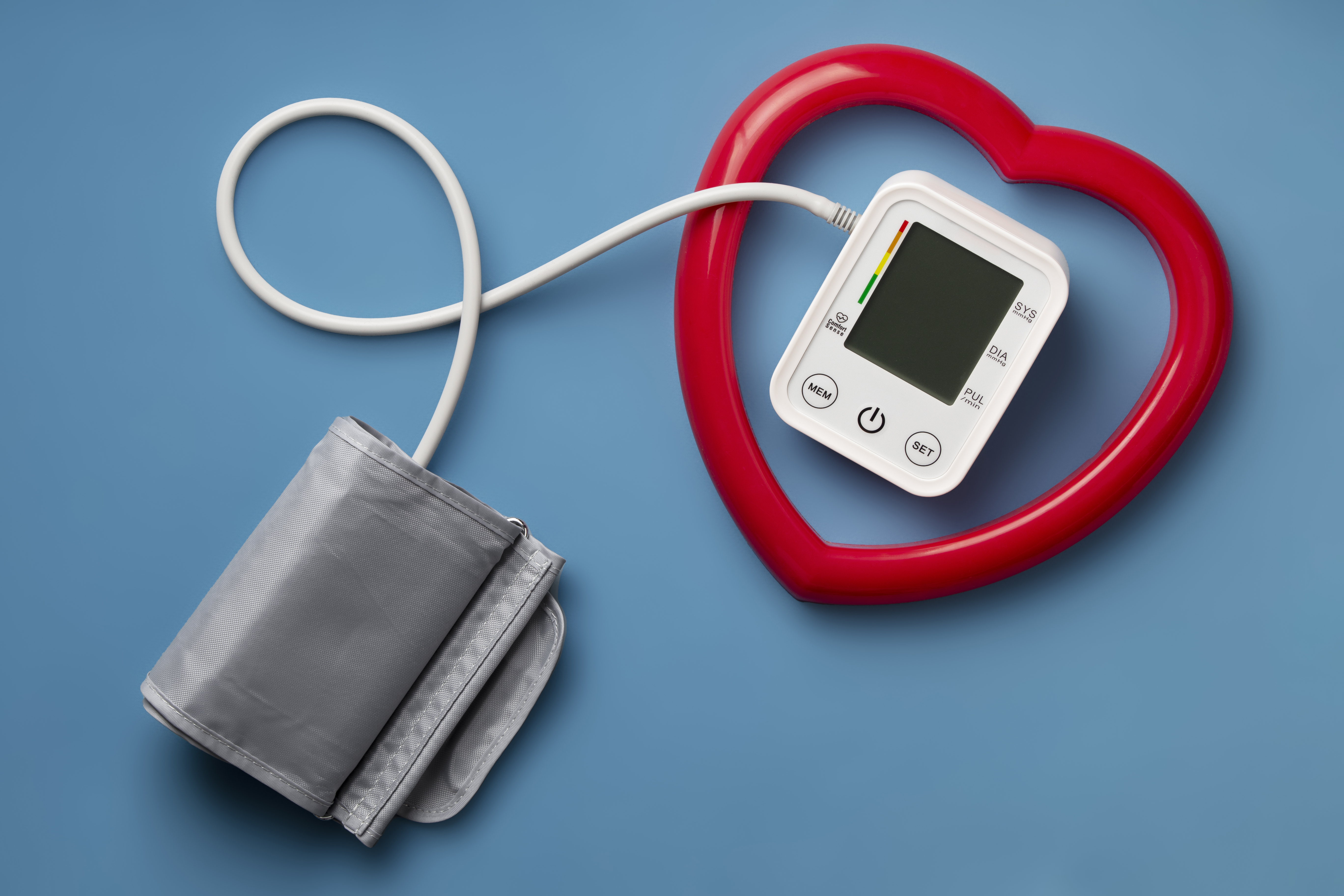
Heat Stroke
With the arrival of warmer weather, it's important to take precautions against heat stroke. Heat stroke can occur when your body is unable to regulate its temperature and overheats. Symptoms can range from mild to severe, and it can be life-threatening in extreme cases.
Here are some tips to help protect yourself from heat stroke:
-
Stay hydrated: It's essential to drink plenty of water throughout the day, especially if you're spending time outside. Avoid alcohol and caffeinated beverages as they can dehydrate you.
-
Dress appropriately: Wear lightweight, loose-fitting clothing that allows your skin to breathe. Choose light-colored clothes that reflect sunlight, and a wide-brimmed hat to protect your face and neck.
-
Avoid the hottest hours: Try to avoid being outdoors during the hottest hours of the day, usually between 11 a.m. and 3 p.m. If you must be outside, take frequent breaks in the shade or indoors.
-
Stay in a cool environment: If possible, stay in air-conditioned buildings, or use fans or air conditioning at home. If you don't have air conditioning, take cool showers or baths to help lower your body temperature.
-
Know your medications: Some medications, like blood pressure or heart medications, can make you more susceptible to heat stroke. Talk to your doctor if you're unsure if your medication puts you at risk.
-
Be aware of symptoms: Heat stroke symptoms can include high body temperature, headache, dizziness, nausea, confusion, and loss of consciousness. If you experience any of these symptoms, move to a cooler place, drink water, and seek medical attention immediately.
In conclusion, heat stroke is a serious condition that can be prevented with proper precautions. By staying hydrated, dressing appropriately, avoiding the hottest hours, staying in a cool environment, knowing your medications, and being aware of symptoms, you can help protect yourself from heat stroke and enjoy the warm weather safely.

